Duration: 4-5 hours
Itinerary: Ateshgah Temple, Gala Museum Complex and Yanardag
Pick-up & Drop-off: your hotel (within Baku)
Category: Private tour
Language: English
£76,34

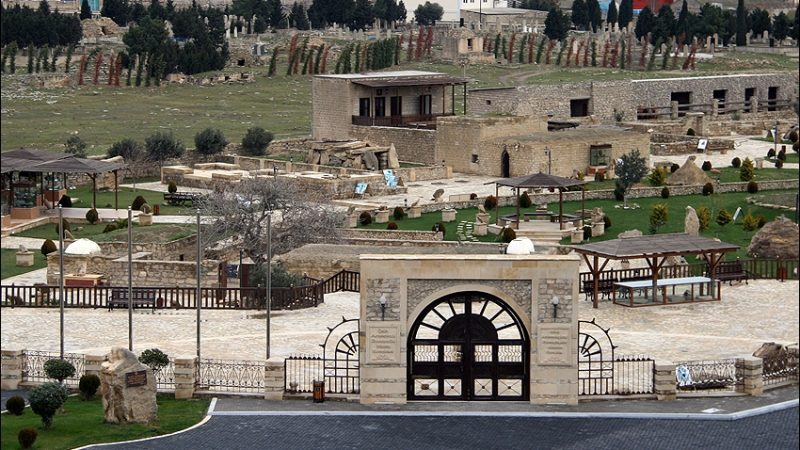





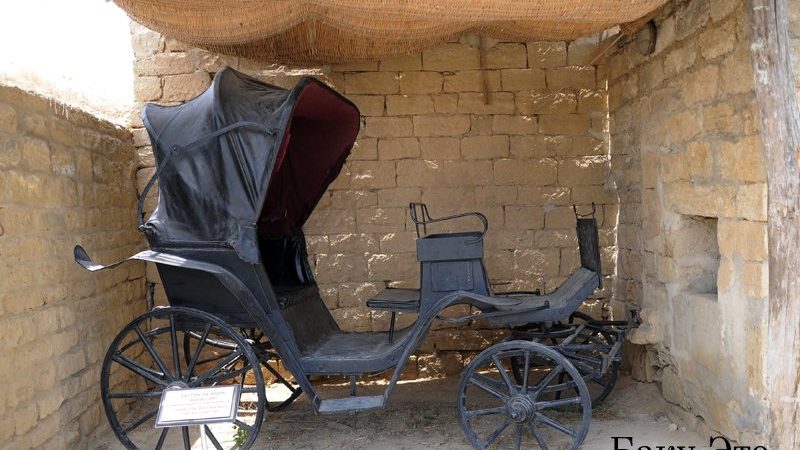
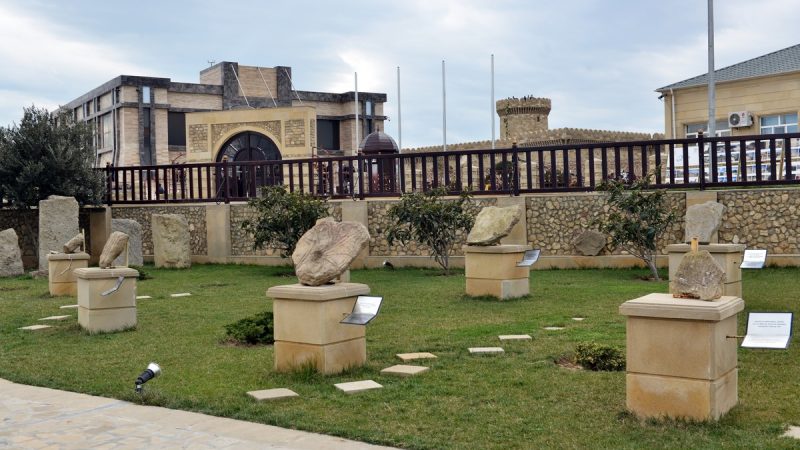

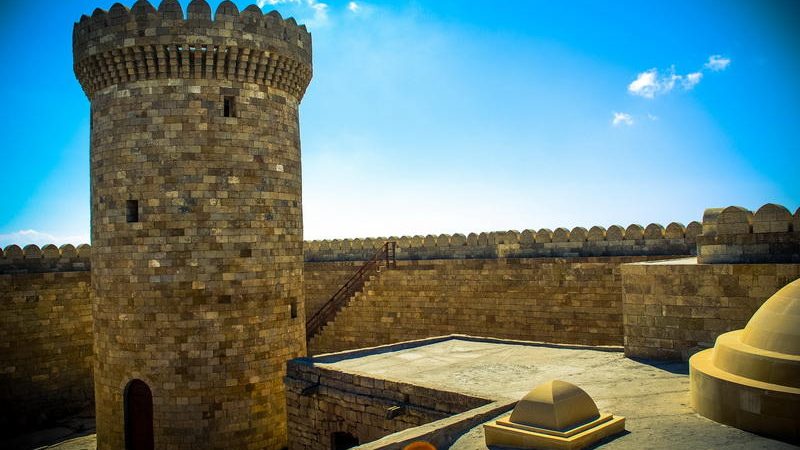


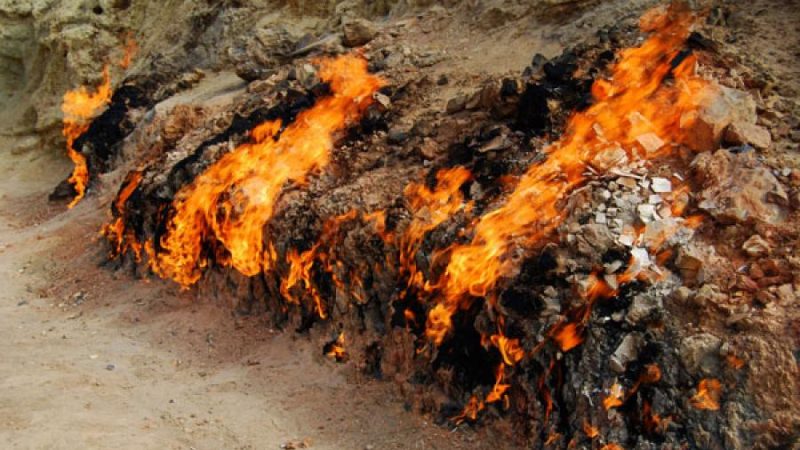
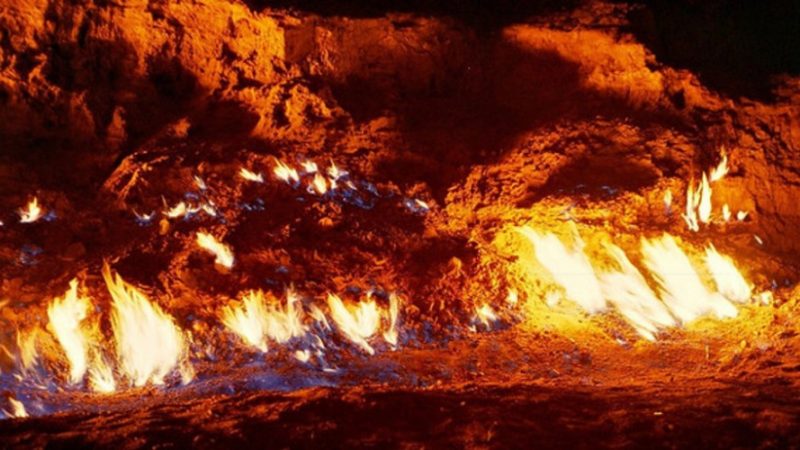
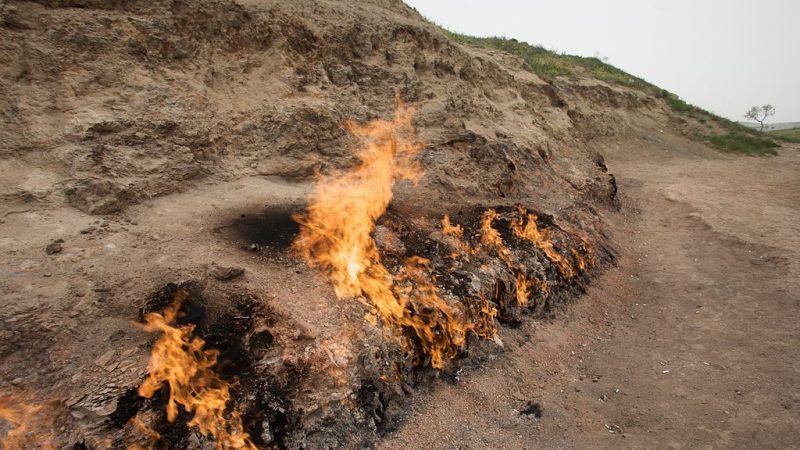








Duration: 4-5 hours
Itinerary: Ateshgah Temple, Gala Museum Complex and Yanardag
Pick-up & Drop-off: your hotel (within Baku)
Category: Private tour
Language: English
Prices per group (in US dollars):
| 1-2 travelers | 3-6 travelers | 7 and more travelers | |
| Standard | 120$ | 140$ | upon request |
| VIP* | upon request | upon request | upon request |
* VIP – A choice of luxury cars are available (Mercedes S-class, E-class, V-class, and etc.)
| 1-3 travelers | 4-7 travelers | 8 and more travelers | |
| Economy (without guide)** | 75$ | 110$ | upon request |
** The economy package includes driver and museum guide services.
Absheron Peninsula, washed by the Caspian Sea, is famous primarily for its sandy beaches and numerous holiday villages, as well as modern hotels, water Park, cafes and restaurants.
The Peninsula is attractive and historical attractions. Attention should be paid to the temple of fire Ateshgakh (17-18th centuries), Round (1232) and Quadrangular castles (12th century) in the village of Mardakan, the castle of the middle of the 14th century in the village of Raman, etc.
There a several historical places you should definitely have to see. If you are true history lover this places will strike you indeed.
The Ateshgakh Temple
The temple of eternal fire Ateshgakh is amazing Azerbaijani exotic. It is known almost all over the world. It is located 30 km from the center of Baku, on the outskirts of the village of Surakhany. This area is known for such a unique natural phenomenon as burning natural gas outlets (gas escaping outside, in contact with oxygen and catches fire). In its modern form, the temple was built in the 17-18th centuries. The Hindu community living in Baku, belonging to the Sikh caste, built it. However, the history of Ateshgakh temple is much more ancient. For a long time in this area was located the sanctuary of Zoroastrians fire worshippers. They attached mystical significance to the inextinguishable fire and came here to worship the Shrine. After the adoption of Islam, the Zoroastrian temple was destroyed. Many Zoroastrians went to India and there continued their faith.
The Archaeological and ethnographic Museum complex Gala
Covering 156 hectares of the reserve there are burial mounds, crypts, houses, four water storage facilities, ruins of an ancient castle, 5 mosques, 3 baths, etc. belonging to the period from the III Millennium BC to the 20th century. In 2008, with the support of the Heydar Aliyev Foundation, the first open-air archaeological and ethnographic complex founded here in order to preserve these monuments and further enrich the reserve due to the archaeological finds discovered on Absheron. The Museum complex occupies 2 hectares of territory.
Yanardag
One of the most magnificent and natural sightseeing of Absheron Peninsula. The mountain slope captured by a flame, which cannot be extinguished by the rain, filled up with sand, burning throughout already thousand years. Frightening and at the same time fascinating fiery landscape actually speaks very simply: from a top soil the natural gas at contact with oxygen turning into a flame is emitted.
In the territory of the reserve are also located the mud volcano of Gyrmeki, oil wells in Gyrmeki’s valley, the Wolf cave, the Complex from megaliths Gavaldash(Singing Stone) and seral cemeteries which more than 1000.
Optional sites: Mardakan Castle, Ramana Castle